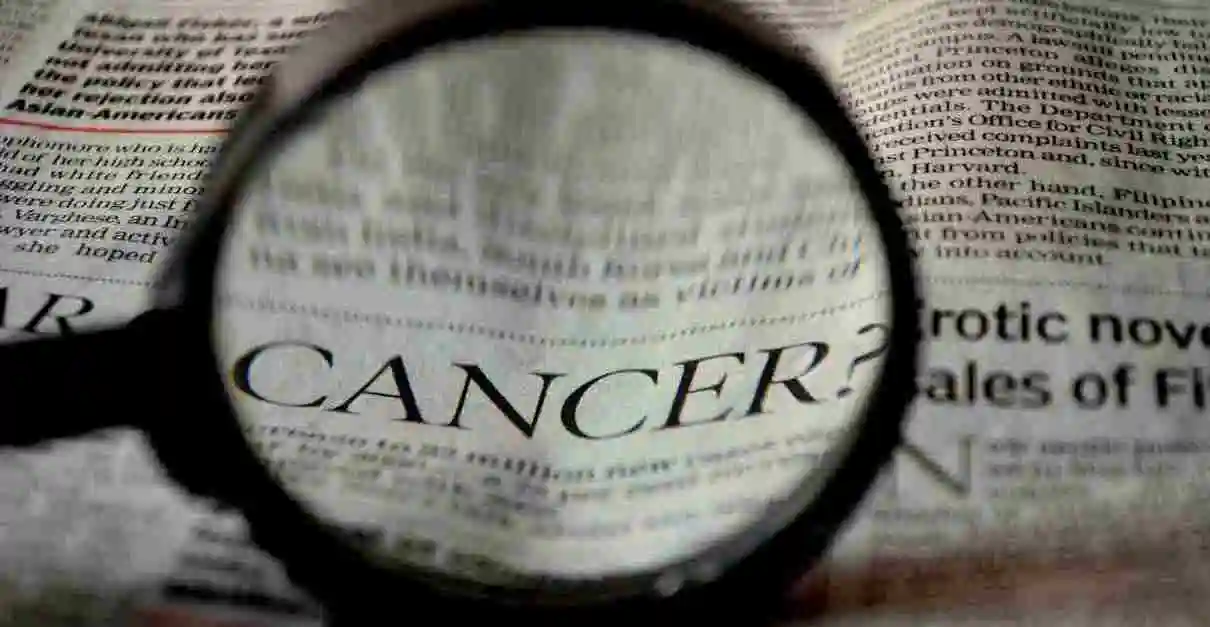
Childhood Cancer
Cancer Information Summaries: Pediatric Treatment
Read the full article on the National Cancer Institute website.
Late Effects of Treatment for Childhood Cancer
Read the full article on the National Cancer Institute website.
Non-standard treatment options
Shark liver oil
This study says: Shark liver oil contains a higher amount of saturated fatty acids (SFA) and polyunsaturated fatty acids (PUFA). They have multiple in vitro and in vivo properties: they reduce the side effects of radiotherapy, inhibit tumor growth, and both stimulate and modulate immune responses. Significant cytotoxic activity was noticed for the oil used for this study which provided its potential use against human neuroblastoma and its use as an alternative for the chemotherapy currently being employed against neuroblastoma with severe side effects.
Neuroblastoma (NB) is one among the most common extra cranial solid cancers in children and the most common one during infancy with a very high severity.
Survivors of Childhood Cancer – Long term effects.
This study published in The Lancet in 2017 estimated that, on average, a survivor of childhood cancer will experience 11 non-fatal chronic health conditions including an average of 3 severe or life-threatening conditions.
This 2017 study shows that a review into more than 1,200 published articles found that
- The average life expectancy of childhood cancer survivors is 30 per cent lower than the general population.
- Childhood cancer survivors are up to six times more likely to develop a secondary cancer, compared with the general population.
In general, cancer survivors are also more likely to develop long term conditions, such as heart problems, lung scarring, secondary cancers and frailty. They will also get age-associated illnesses sooner than the general population, the analysis suggests.
The researchers say much of the illness and accelerated ageing is down to harsh treatments such as chemotherapy and radiotherapy, which damage the body’s ability to fight back from illness and repair itself.
Some cancer drugs were also found to be associated with hearing loss, reduced thyroid gland activity, high blood pressure, congestive heart failure, muscular weakness, arthritis, kidney and liver diseases, chronic constipation, and infertility.
While ageing prematurely is a better alternative to dying prematurely, the use of effective non-toxic treatments would, obviously, be a far better approach.
Much more detailed information here
Cannabis prevents nausea and vomiting in children undergoing cancer treatment.
A study An efficient new cannabinoid antiemetic in pediatric oncology (Life Sciences, May 1995 ) found:
…the prevention of vomiting was complete, regardless of the antineoplastic protocol followed . We observed no delayed nausea or vomiting. Although the number of pediatric cancer patients treated so far is small, the total number of treatments is considerable (480 times) as most patients underwent several treatment cycles. Without the cannabinoid therapy we would have expected the patients to vomit in most treatments.
In summary, the complete success in preventing vomiting due to antineoplastic treatment in children, and the essential lack of side effects, leads us to believe that delta-8-THC at a dose considerably higher than the doses of delta-9-THC usually administered to adults, can serve as a new, inexpensive antiemetic agent in pediatric cancer chemotherapy.
You can read the full text here
This safe, effective method of preventing nausea and vomiting in children has been known for twenty three years, yet oncologists still prescribe dangerous pharmaceutical drugs instead of delta-9-THC.
Why?
Ultra-clean homes could trigger childhood leukaemia, major review suggests
Keeping children cocooned in ultra-clean homes away from other youngsters could trigger childhood leukaemia, a landmark study suggests.
A major new analysis by Britain’s leading leukaemia expert has concluded a deadly chain of events is set in motion when susceptible children are not exposed to enough bugs to prime their immune system at an early age.
Without sufficient immunity, if vulnerable youngsters catch even a relatively harmless virus like flu, the immune system malfunctions creating far more infection-fighting white blood cells than needed, causing leukaemia.
Read full article in The Telegraph
Childhood Cancer: More Evidence Points to Chemical Exposure
Source: Environmental working Group
Numerous studies have shown links between childhood cancers and exposure to chemicals such as pesticides, benzene and arsenic. EWG has found that not only are these substances widespread in a child’s living environment, they can also be passed on from mother to child during pregnancy and through breastfeeding. (Despite this, the health benefits of breastfeeding greatly exceed the risk of chemical exposure.) These prenatal and early life exposures occur during the most vulnerable period of a child’s development….
… there are steps that parents and all of us can take to reduce exposure to pesticides around the home and harmful chemicals in our personal care products and the household items we use.
Read the full article at Environmental working Group
Childhood acute lymphoblastic leukemia (ALL)
In children with ALL with liver toxicity, Milk Thistle was associated with a trend towards significant reductions in liver toxicity. Milk Thistle does not antagonize the effects of chemotherapy agents used for the treatment of ALL, according to this study
Page updated 2024
